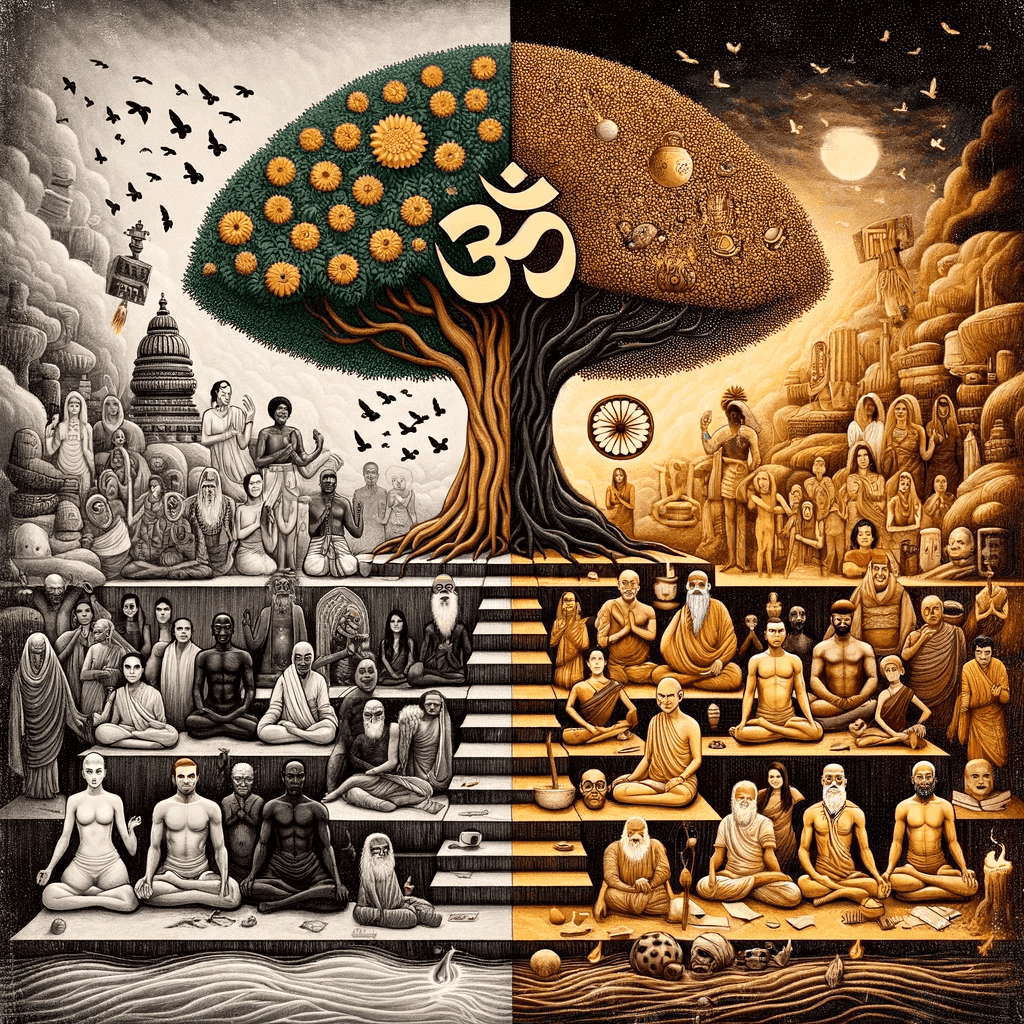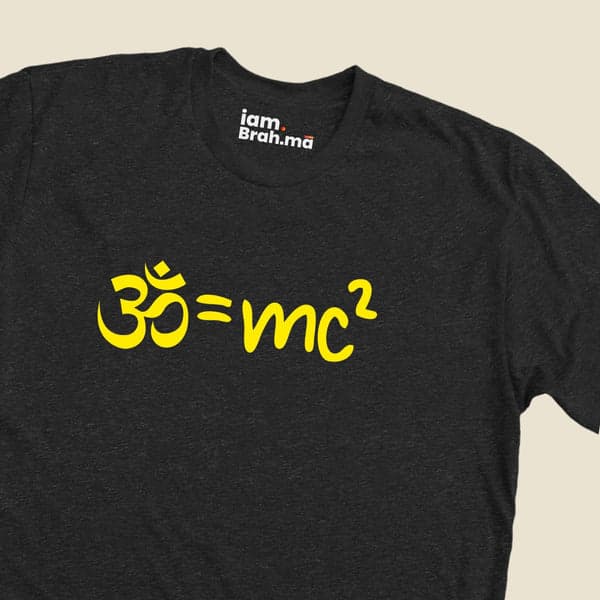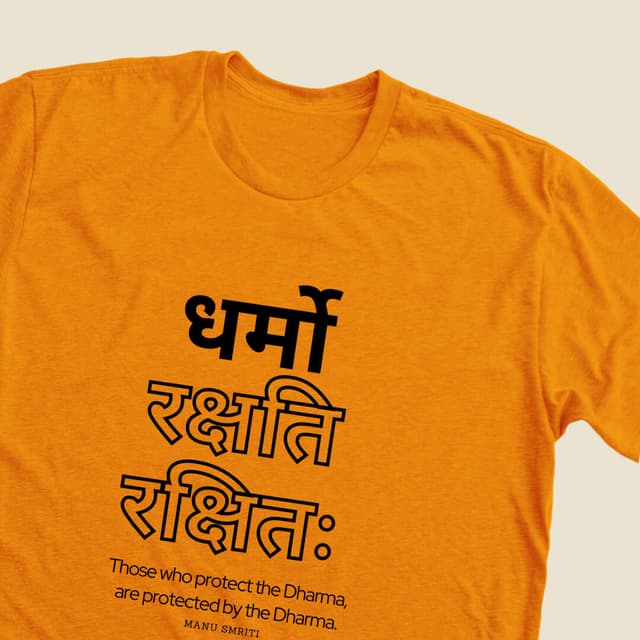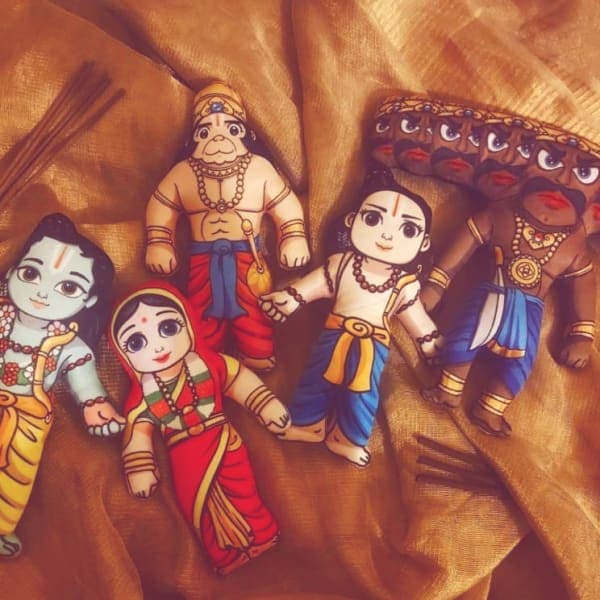Sanatana Dharma & Cast System
Sanatan Dharma, often referred to as Hinduism, is a complex and ancient religious tradition originating in Bharat (India). It encompasses a wide range of beliefs, practices, and philosophies. A common misconception about Sanatan Dharma is its alleged endorsement of the caste system. This article aims to explore this myth and uncover the truth.
Myth/Truth & Other Details

Why There Is a Myth?
The myth that Sanatan Dharma endorses the caste system likely stems from historical and social developments in Bharat. Over time, the caste system became deeply ingrained in Indian society, often linked with religious practices and texts. Misinterpretations and rigid societal structures contributed to the perpetuation of this myth.
What's the Truth?
The truth is that the caste system, as it is known today, is more of a social issue rather than a religious one. Sanatan Dharma's scriptures, like the Bhagavad Gita, emphasize varna (occupation) based on one's qualities and actions, rather than rigid caste divisions based on birth.
Details about the Subject
Significance in Scriptures
Sanatan Dharma scriptures, such as the Rig Veda and the Bhagavad Gita, mention varna or occupational classes. However, these texts often highlight the importance of one's qualities and actions (karma) in determining their varna, rather than their birth.
...




